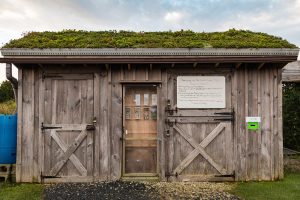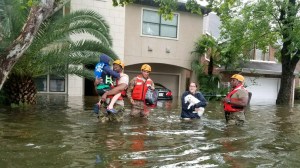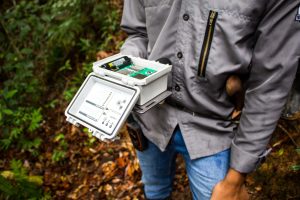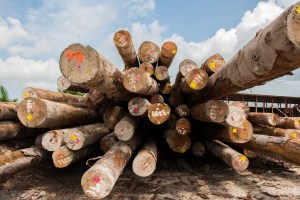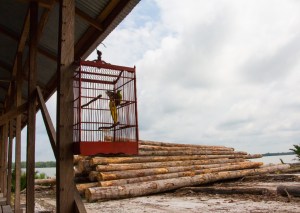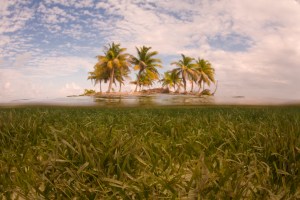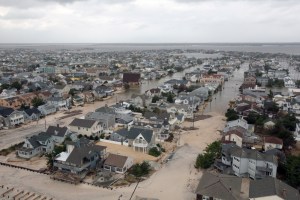Discover stories in Natural Climate Solutions
Give Me Shelter
Our writer is in Cape May during fall migration. She could be birding, so why is she climbing around on a roof without her binoculars instead?
A Tale of Climate Change and Two Cities
While it is almost impossible to attribute an individual event to climate change, the reality is that we live in a climate altered world.
Coastal Wetlands Prevented $625M in Property Damage During Hurricane Sandy
Put a dollar value on it: engineers, ecologists and risk modelers team up to measure the value of coastal wetlands for reducing hurricane risk.
Camboriú Conservation Field Test: How Much Data is Enough?
With a bit of thought and planning, conservation projects should be able to save time and money with lower-resolution data in some cases, and in others identify where the extra cost is important and necessary to make the right decision.
Kids, Drones & Science at the Water’s Edge in Grenada
The future of Grenada is in good hands because kids like this — who can plant mangroves and test water quality without even wrinkling their clothes — kids like this can probably do just about anything.
Bioacoustics Reveal How Biodiversity Changes Across Borneo’s Logged Forests
The Nature Conservancy’s Indonesia program is using bioacoustics — first tested in Papua New Guinea — in Borneo, where they will use forest sounds to understand how biodiversity changes with different land use types across East Kalimantan.
Where Logging Reigns, Going Beyond Sharing vs Sparing
Conservancy scientists and their partners are teasing apart the complexities of the land sharing or sparing question in Berau, Indonesia.
Modeling Logging’s Impacts on Biodiversity & Carbon in a Hypothetical Forest
New research from Nature Conservancy scientists indicates that low-intensity selective logging offers both the best and worst conservation outcomes while maintaining wood production, depending on both land tenure security and the use of certified reduced-impact logging methods.
Which Sources of Blue Carbon Measure Up to the Mitigation Challenge?
New research shows that coastal habitats — mangrove forests, tidal marshes, and seagrass meadows — have the most potential amongst marine systems to act as long-term carbon sequestration solutions.
How Much Do Wetlands Reduce Property Damage During Hurricanes?
A Collaborative Study with the Insurance Industry Four years ago this month, Hurricane Sandy devastated much of the US Atlantic […]
When Can Sustainability Drive Business Growth?
The next wave of corporate sustainability has a new mind-set. That mind-set sees products as potential solutions to environmental problems, not just creators of environmental problems.
The Effectiveness, Costs and Coastal Protection Benefits of Natural and Nature-Based Defenses
A global synthesis of field measurements shows that coastal habitats – particularly coral reefs and mangroves, can be physically and economically effective at protecting coastlines.
